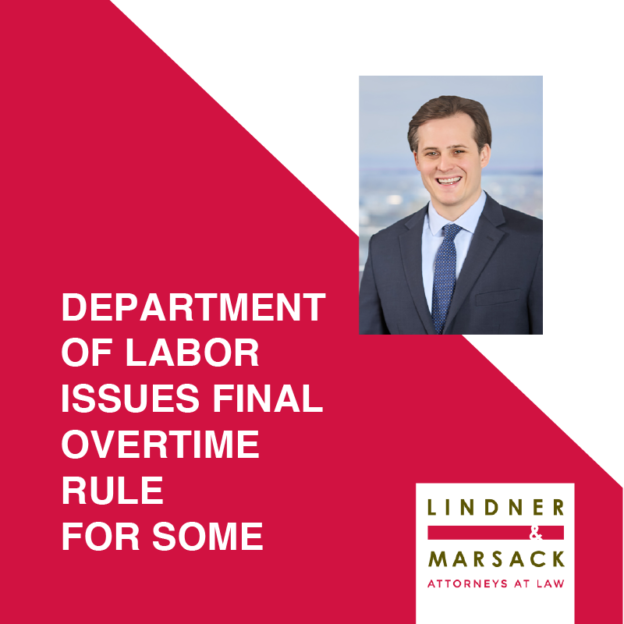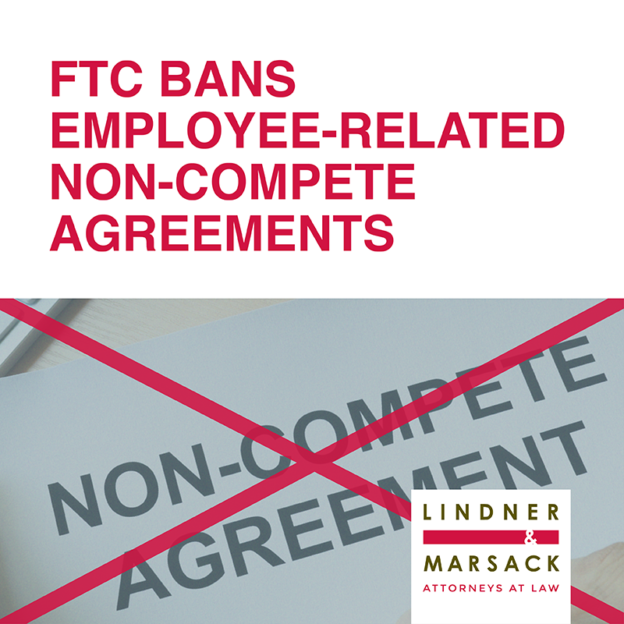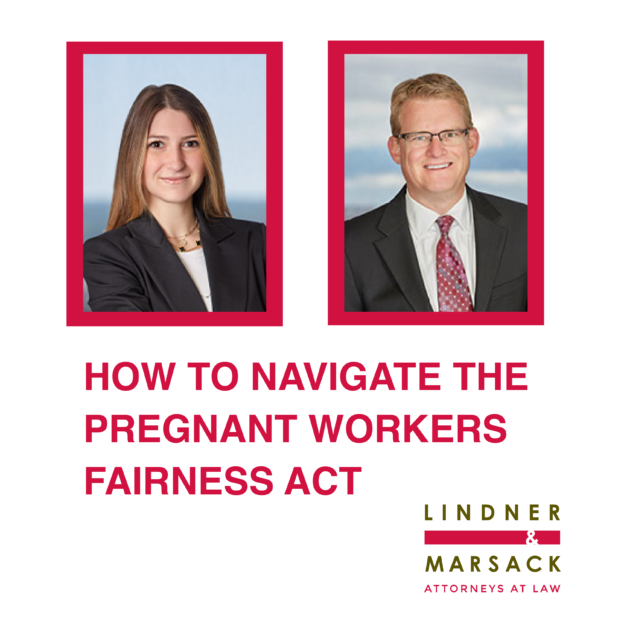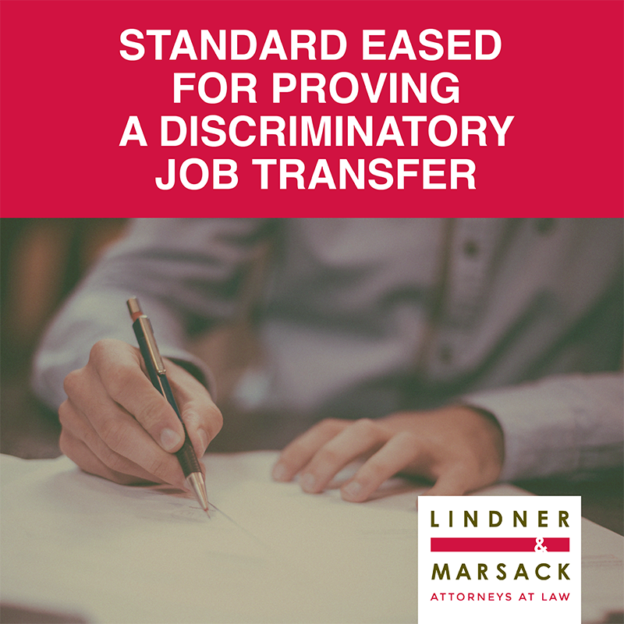By: Sean E. Lees On April 23, 2024, the Department of Labor (DOL) issued its final overtime rule, which raised the annual salary required for certain employees to be exempt from overtime under the Fair Labor Standards Act (FLSA). While this rule will likely face legal challenges, it is scheduled to go into effect on […]




